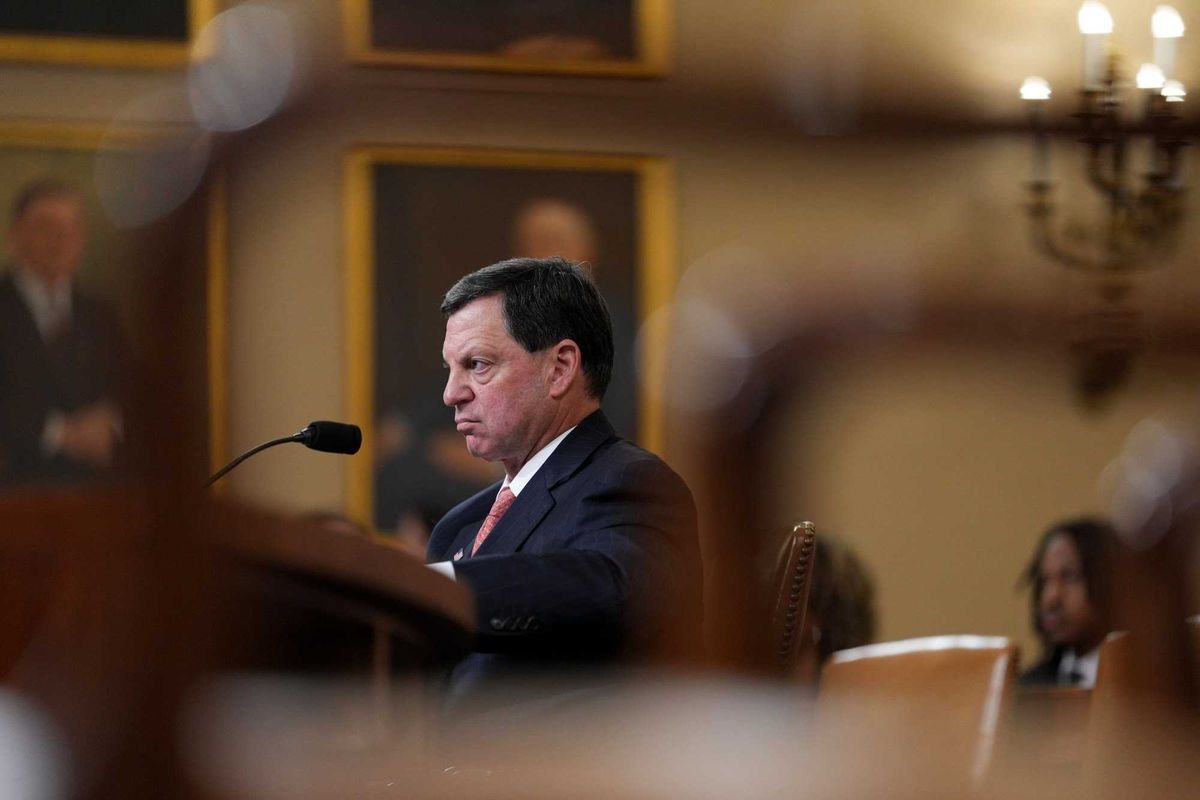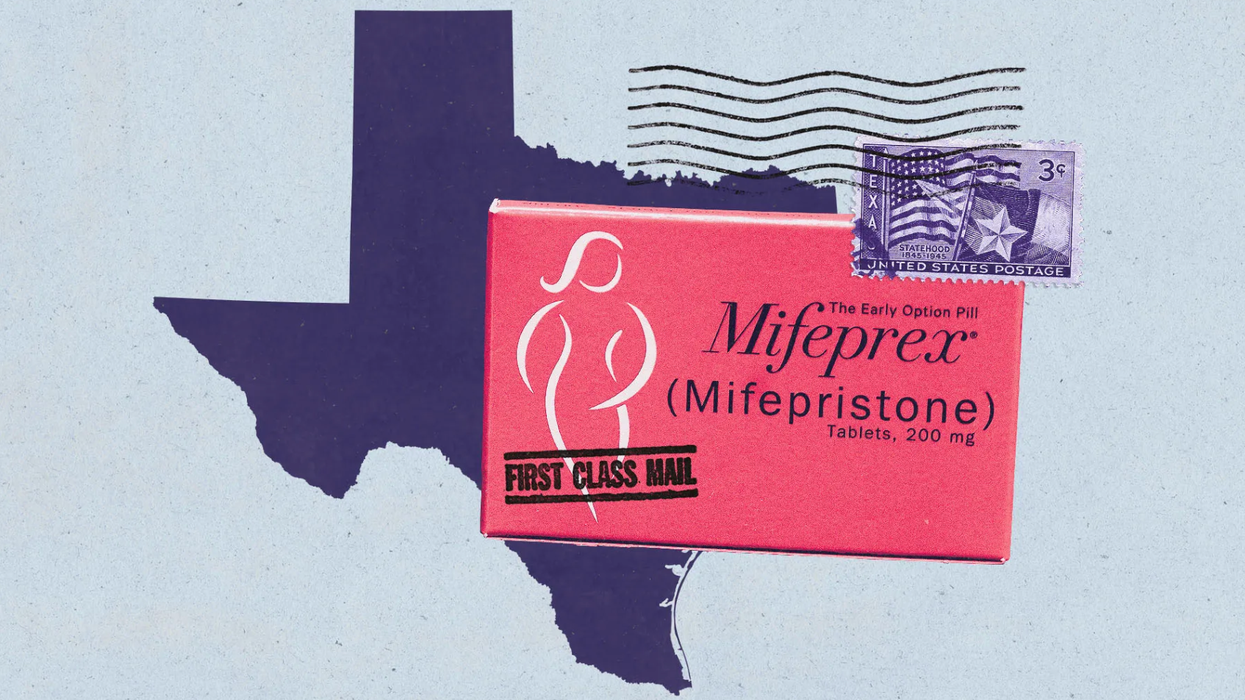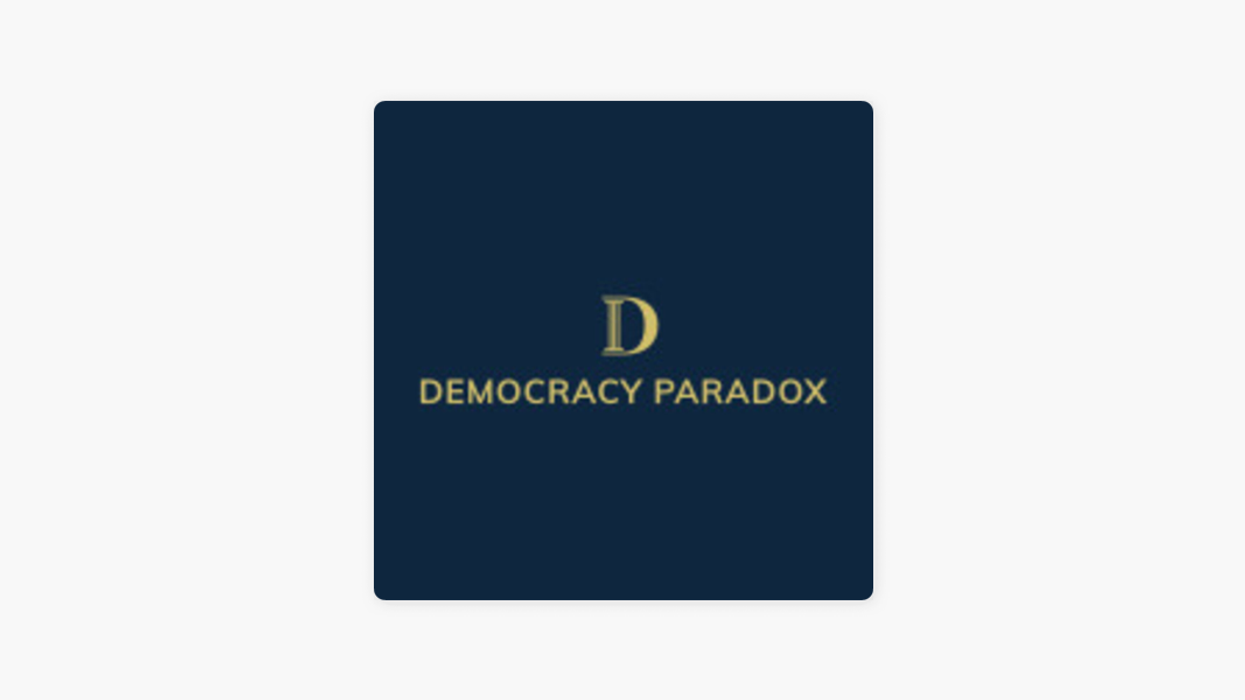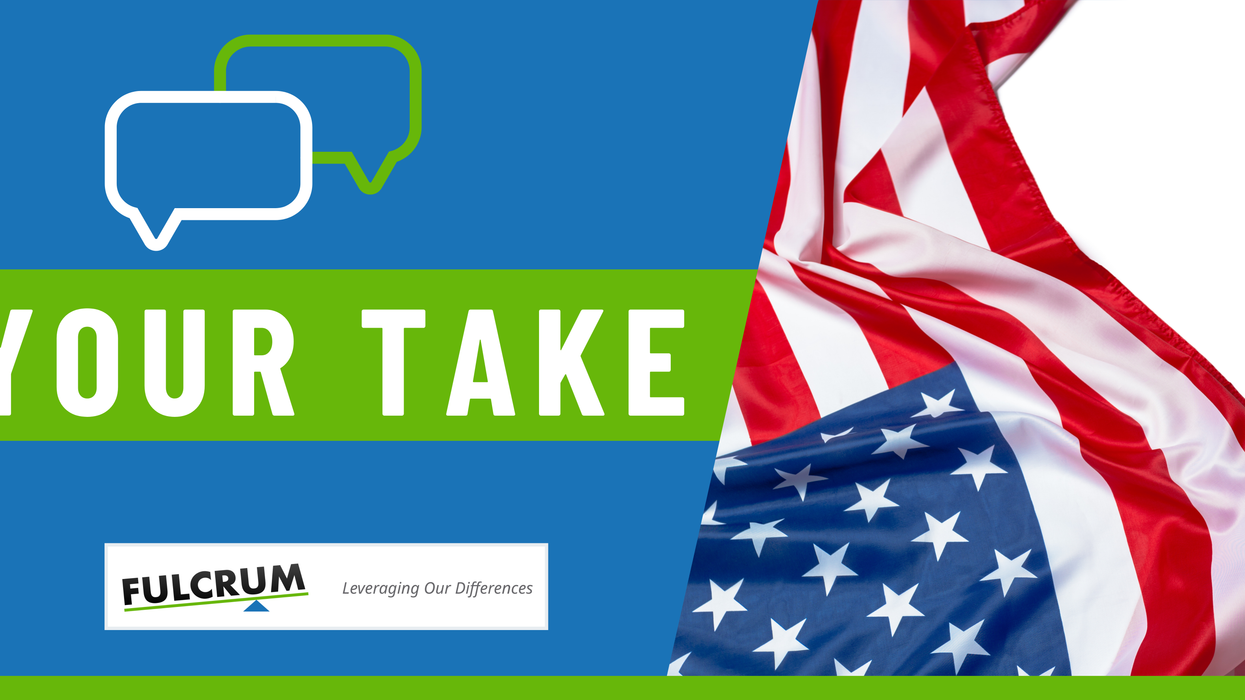As the nation faces what President Biden calls the "cascading crises of our era" — massive job losses, complications of the Covid-19 vaccine rollout, entrenched racial disparities and domestic terrorism — it becomes obvious that no single sector has the capacity to address all these issues.
Such complex problems require the combined efforts of organizations working together. This is especially true in the nonprofit sector. Simply put, the survival of nonprofits addressing social issues is essential to our democracy.
Too often, however, nonprofit collaborations fail to have an impact on the problems they seek to address. It isn't necessarily that the solutions aren't there. Rather, institutions — and funders, in particular -- set these collaborations up to fail.
The single largest donation last year was the $10 billion from Amazon's Jeff Bezos to launch The Bezos Earth Fund. His ex-wife, MacKenzie Scott, made separate headlines of her own with $4.2 billion in funding for nearly 400 organizations.
Total giving to nonprofit organizations two years ago was $450 billion, a total not including the value of volunteer labor to support these organizations. Results are mixed for last year, with some research suggesting that nonprofit giving increased in response to the challenges brought on by the coronavirus pandemic and racial injustice across the country, while other reports suggest a drop in funding for smaller nonprofits.
Give.org suggests more Americans trust the nonprofit sector than they do businesses, or the government, the media or organized religion. This may explain why nonprofit organizations are increasingly tasked with providing social services or promoting advocacy.
But nonprofits can't do it alone, and they can't have much of an impact without critical resources.
Over the past decade, I've studied dozens of nonprofit partnerships, inside and outside the United States, as they navigate funder demands — and how social problems compel such organizations to combine resources and form a collaborative response. My early research suggested some such partnerships are formed based on relationships forged through compatible services and mutual trust. Others come together at the insistence of funders who initiated these partnerships but provided little else by way of support.
Nonprofit leaders are pressured to scale up their efforts through collaboration, and the pressure often comes from a funder — sometimes the government, sometimes a foundation — urging or requiring the nonprofit to work with others as a condition for getting money.
For example, the Common Grant Application, adopted by various funders in many states, asks organizations to document their collaborative activity.
There's nothing wrong with this expectation, and it makes sense that nonprofits should improve or expand on their services by partnering with others. But frustratingly, results for funder-supported collaboration are mixed. Often, funders suggest collaboration but fail to provide resources needed to sustain these partnerships.
For example, the budget of the Summit Education Initiative in Akron, Ohio, increased fivefold, to $1.5 million, in the six years after reorganizing with a cradle-to-career focus. It was a substantial increase, to be sure, but surely only a fraction of what the network would need if it continued to pursue long-term efforts in improving educational outcomes across the city.
Rather than seeing collaboration as something "extra" for nonprofits to take on, what if funders invested in that capacity to collaborate?
Unlike the government, people willingly give nonprofits their time and money. Unlike businesses, nonprofits are specifically organized to respond to societal needs. Compared to both of these sectors, the broader community is poised to trust in nonprofit efforts — and funders can honor this trust by scaling up their resources.
It's time to invest in nonprofits' collaborative capacity.
This may mean providing infrastructure support, such as the shared database that enabled the Chicago Benchmarking Collaborative to track program outcomes across six organizations. In doing so, it has a better sense of how these organizations were serving the city — not their own program recipients.
It may mean nonprofits scale up their financial support as the collaboration needs it. Funders did this for the Summit Education Initiative. Or it may mean investing in exploring an idea that precedes a formal collaboration, as a funder did for the Westside Infant Network in Los Angeles.
It may mean acting as a matchmaker, introducing organizations and building the trust critical to a successful collaboration. Or it can be providing network coaching to ensure that nonprofit leaders meet the demands of their organization and the partnership itself.
Funders can reward collaborative efforts, as the Lodestar Foundation has done through its collaboration prize awarded to nonprofits that can demonstrate the impact of their shared efforts.
Innovative funders promote innovative solutions resulting in successful collaboration. Nonprofit leaders are fond of quoting the African proverb that suggests, "If you want to go fast, go alone. If you want to go far, go together."
Funders can help nonprofits go faster and farther, together.


















